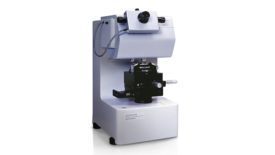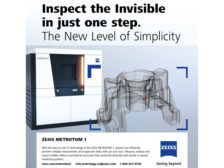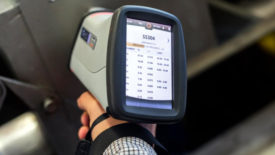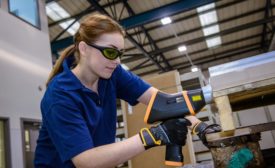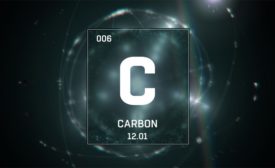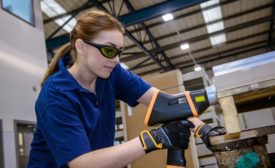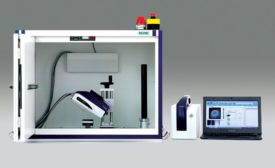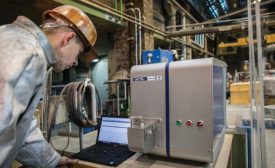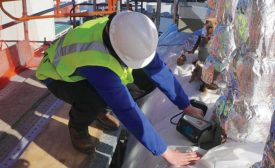Home » Keywords: » materials analysis
Items Tagged with 'materials analysis'
ARTICLES
NDT | Materials Analysis
Material analysis is a critical component of successful lightweighting strategies.
Read More
Test & Inspection
An Introduction to Dynamic Micro-indentation Measurements
This article will highlight the broad applicability of the dynamic hardness technique.
December 21, 2023
NDT | Materials Analysis
Analyze and Grade Carbon in Small Parts On-site with Handheld LIBS
A comprehensive material verification program includes testing weld wire, round bar, small bore pipe and bolting. Handheld libs analyzers can optimize access to such parts, providing a comprehensive, on-site solution for QA programs.
April 1, 2022
NDT | Material Analysis
Why Complementary Material Analyzers are Essential to Leveraging the Benefits of Quality 4.0
When a manufacturing process is completely automated, it is essential to have the right analyzer for each stage of the process.
August 15, 2021
Why Identifying Carbon is Crucial for Site and Inspector Safety
Each material has its own set of characteristics, which include tensile strength, malleability and thermal conductivity.
October 6, 2020
Why COVID-19 makes materials analysis in quality control more important than ever
Thanks to the continued development of material analysis technologies like LIBS, OES and XRF, testing in-house couldn’t be easier.
October 6, 2020
The Road to Automotive Light-Weighting
Overcoming new materials analysis challenges across the supply chain.
June 25, 2020
Handheld XRF, OES, and Portable LIBS Analyzers— Which One Is Best for Your Needs?
Understanding the limitations and differences in each of these techniques is critical when performing material analysis.
June 24, 2020
Stay in the know with Quality’s comprehensive coverage of
the manufacturing and metrology industries.
eNewsletter | Website | eMagazine
JOIN TODAY!Copyright ©2024. All Rights Reserved BNP Media.
Design, CMS, Hosting & Web Development :: ePublishing

